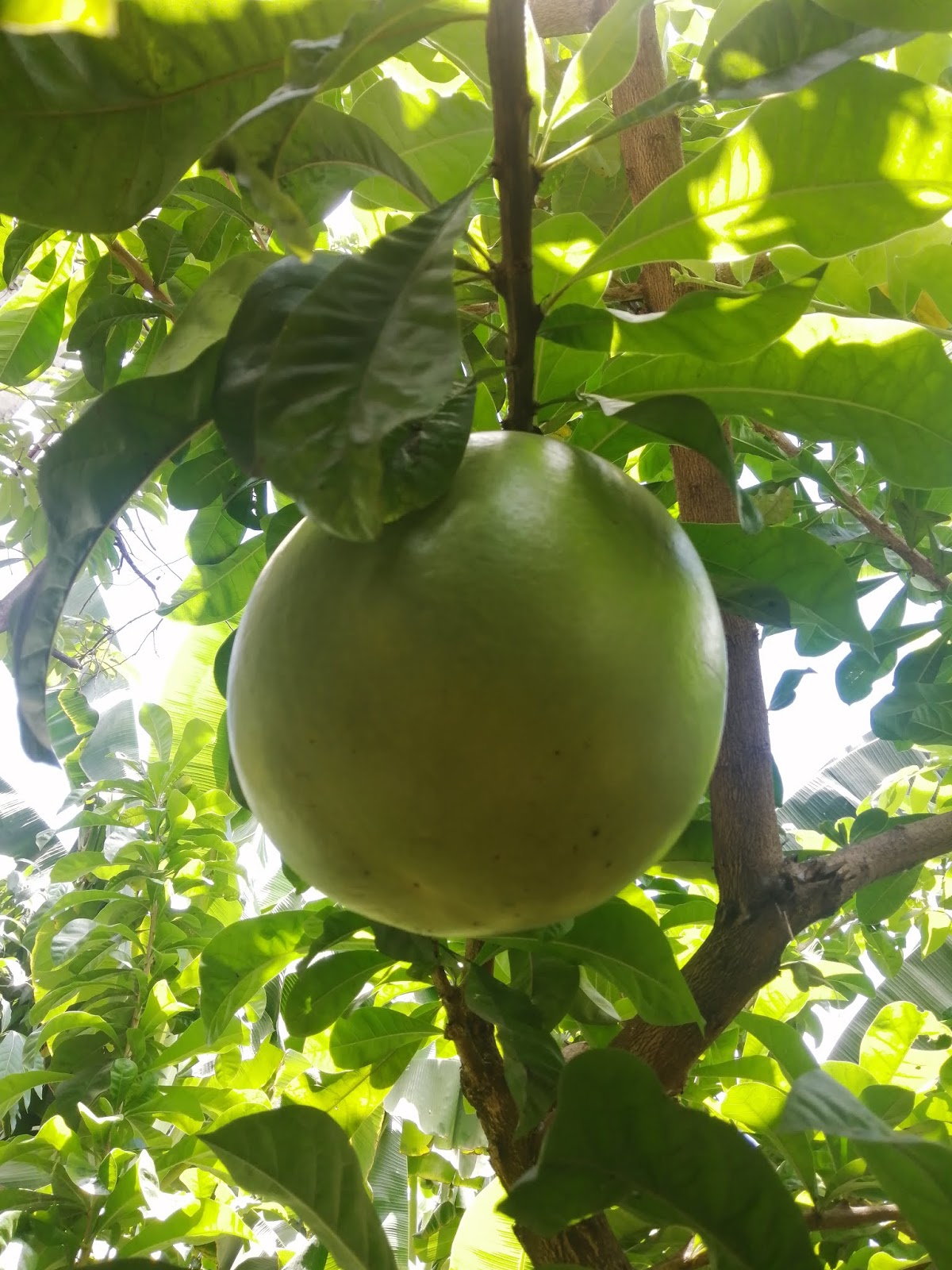

- #Calabash change screenshot path mac os#
- #Calabash change screenshot path install#
- #Calabash change screenshot path for android#

The Features directory contains my_first.feature-file, step_definitions-directory and support-directory. Now you should have features-directory inside new-calabash-test directory. You can get started by creating a temp directory for calabash test: The gem name is called calabash-cucumber and it gives commands for calabash-ios and cucumber. Now you should have command calabash-ios and cucumber in your path.
#Calabash change screenshot path install#
Install all required components with the following command (no need to download anything): It should be at least ‘1.9’ but we do recommend using Ruby 2.0+.
#Calabash change screenshot path mac os#
This is installed by default on Mac OS X. Installation & Prerequisitesįirst of all, you need to have Ruby installed. Calabash provides an easy-to-understand language syntax – so it is a great fit for non-technical folks as well.ĭownload FREE Calabash 101 to Start Your Calabash iOS Tests.
#Calabash change screenshot path for android#
It provides a great cross-platform test automation framework for Android and iOS native and hybrid apps. Error messages are horrible, and the development experience is even worse since you have to restart the app and run the entire test suite every time you want to make a change to the test.Besides Appium, Calabash is the other great test automation framework for cross-platform app testing. Test cases are started by calling a method on a special "logger object". There is no built-in support for defining test suites or grouping test cases. Unfortunately UIAutomation has several problems: tests are written in JavaScript using a verbose and rather strange and limited API. Then it has gone bad and you need to restart the REPL! RationaleĪpple provides a technology called UIAutomation which allows one to use JavaScript to write automated tests for iOS apps. ( "archery" "athletics " "badminton " "basketball " "beach volleyball " "boxing " "canoe slalom " "canoe sprint " "cycling bmx " "cycling mountain bike " "cycling road " "cycling track " "diving " "equestrian dressage " "equestrian eventing " "equestrian jumping " "fencing " "football " "gymnastics artistic " "gymnastics rhythmic " "gymnastics trampoline " "handball " "hockey " "judo " "modern pentathlon " "rowing " "sailing " "shooting " "swimming " "synchronised swimming " "table tennis " "taekwondo " "tennis " "triathlon " "volleyball " "water polo " "weightlifting " "wrestling " "Home " "Events " "Count Down " "Schedule " "Anthem ")ĬlojureScript:example> #_=> ( c/tap-mark "water polo ") CaveatsĬalabashScript is very young, and the REPL is quite experimental still… If you seeĬlojureScript:er> MESSAGE: 20:51:37 +0000 Default: ])ĬlojureScript:example> #_=> ( c/names :button) To try the REPL (warning this is quite slow for various reasons): in your project you can run: This is based on (but not quite as elegant as) Bodil Stokke's cljs-noderepl - many thanks to her! This is provided by a separate project uia-repl, which is the reason for the extra dependency. User=> this may take some time REPL UsageĬalabashScript comes with a REPL. User=> ( run-test :app app-path :test "build/test_script.js ") User=> ( def app-path "/Users/krukow/github/2012-Olympics-iOS-iPad-and-iPhone-source-code/2012 Olympics/build/Applications/2012 Olympics.app ")


 0 kommentar(er)
0 kommentar(er)
